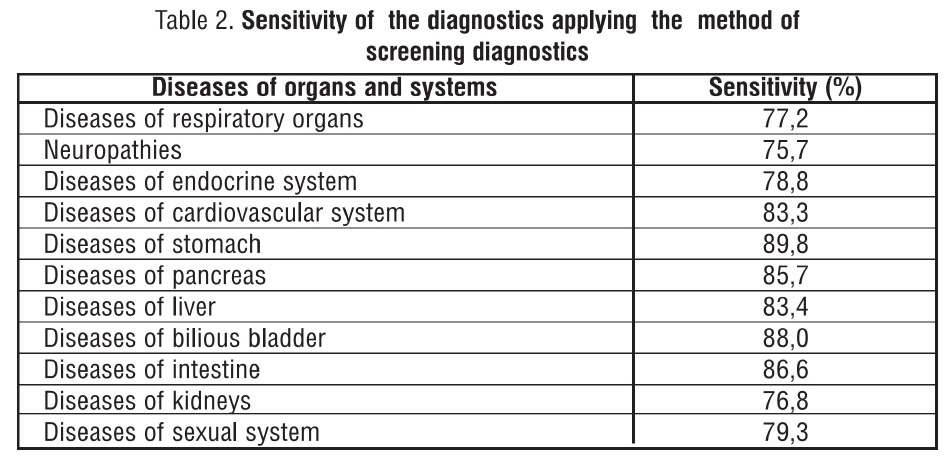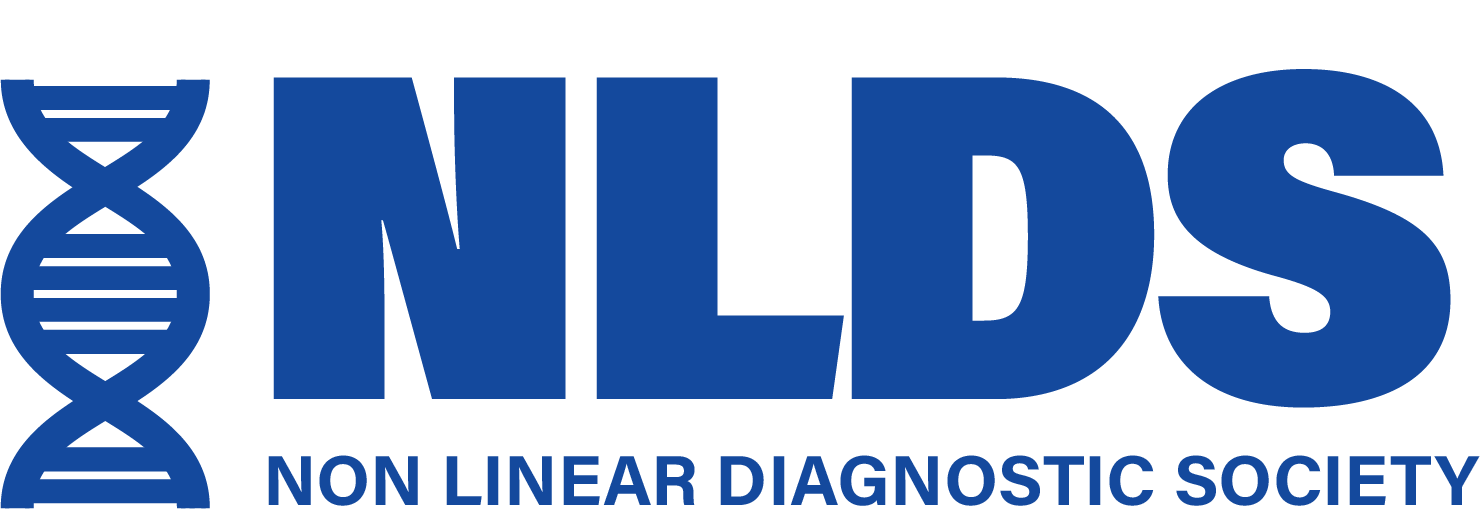2006 Peer Reviewed Russian Study
APPLICANTS:
- The Moscow Institute of Medical and Social Rehabilitation
- Institute of Practical Psychophysics
AUTHORS:
- T.S. Alfyorova – Head Faculty of Bioinformation Technologies of the Moscow Institute of Medical and Social Rehabilitation – Doctor of Medical Science, professor.
- I.B. Ganshin – Senior lecturer of Bioinformation Technologies faculty.
- V.I. Nesterov – Academician of the Medical Engineering Science Academy.
- V.I. Nesterova – Corresponding member of Medical Engineering Science Academy, Director of the IPP
- A.A. Gavrilov – Deputy Director IPP for Scientific Research
REVIEWERS:
- B.V. Agafonov – Doctor of Medical Science , professor, head of Family Medicine Faculty, Dean of Doctors Advancement Faculty of Vladimirsky memorial GU MONIKI;
- V.P. Chudnov, N.V. Kuprjashina – Candidates of Medical Science, senior lecturers of the Family Medicine Faculty of Doctors Advancement Faculty of Vladimirsky memorial GU MONIKI.
1780 person were examined with various pathological processes in the age range from 7 to 93 years.
The results were verified by comparing the obtained data with clinically established nosological diagnoses on such parameters as sensitivity and specificity. To this effect this professional terminology was used:
a) Truly positive results (concurrence of findings of screening diagnostics with the data of functional and laboratory research)
b) False positive (results positive by Metatron but not revealed by modern standard methods)
c) False negative (the pathology is detected by modern methods and is not detected by the screening diagnostics)
d) Truly negative results (the absence of pathology is detected by method of bioresonant diagnostics performed by means of the hardware-software complex «Metatron» and by the modern methods and clinical research)
RESULTS:
A) True-positive results – 82.2%;
B) False-positive results – 9.7%;
C) False-negative results – 12.2%;
D) True-negative results – 17.8%


CONCLUSIONS:
Metatron is a non-invasive diagnostic method that allows you to:
- Register functional changes of systems and organs of a human body
- Obtain the foci of functional changes
- Determine probability of the provisional diagnosis
- Evaluate the dynamics of functional changes
